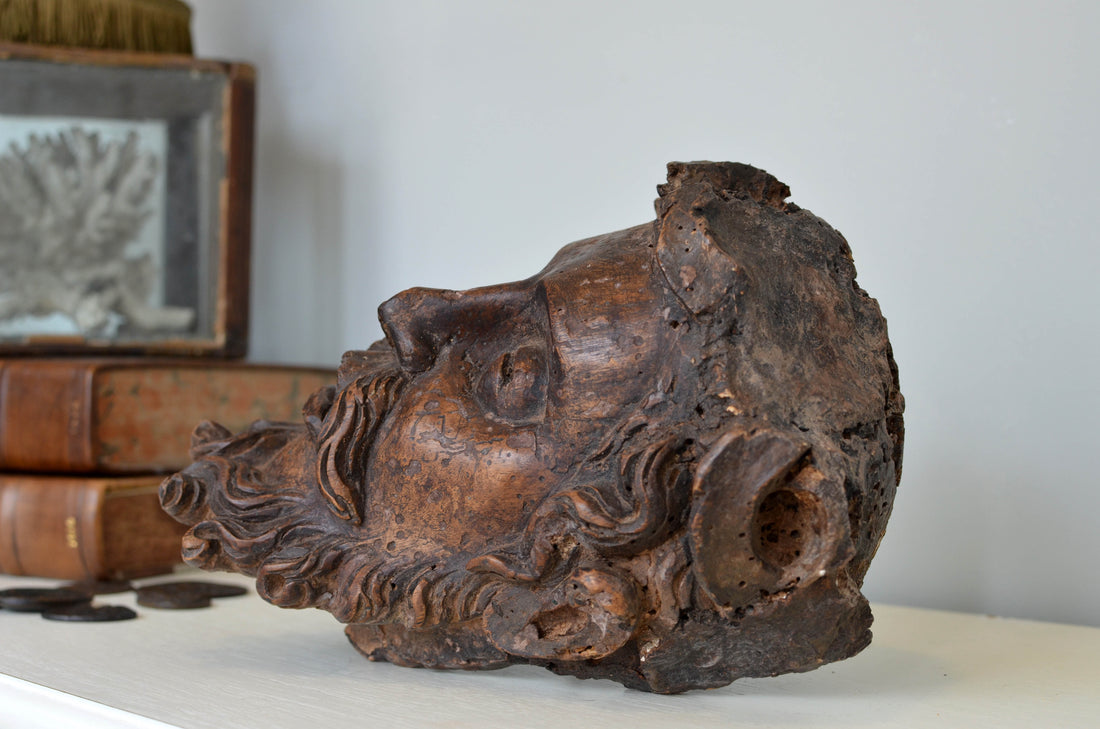In a world dominated by mass-produced furniture and fleeting design trends, the charm of antiques captivates many. Living with antiques—especially those from the 15th to the 19th century—provides not just visual appeal but also a genuine connection to history. Each piece tells a story and showcases craftsmanship from a different time, turning our homes into curated galleries that honor tradition and artistry.
The Allure of Antiquity
Antiques carry a unique charm that modern items often lack. The detailed craftsmanship of a 16th-century wooden chair, the fragile beauty of an 18th-century vase, or an ornate gilded mirror from the 19th century all evoke feelings of wonder and nostalgia. These objects have endured through time, each one a witness to the shifting tides of history. Owning such pieces allows homeowners to create spaces that reflect their personal heritage or a love for timeless beauty.
Curating a Historical Narrative with Antiques
Incorporating antiques into contemporary life requires a careful approach. Instead of cluttering a space with numerous antiques, it’s more effective to choose a few standout pieces that complement the room's aesthetic. A strategically placed Baroque oil painting can become a striking focal point above a modern sofa, while a beautifully crafted 17th-century clock can enhance the character of a minimalist coffee table.
When building a collection, pay attention to the history and craftsmanship of each item. Seek out pieces that narrate a story—like a 15th-century tapestry illustrating a historical event or a Georgian-era chest that may have held cherished family treasures. Blending these historical elements with modern decor creates a vibrant dialogue between different eras, inviting guests to engage with the rich conversation of design that spans centuries.
Antique Decorative Objects offer a Window to the Past
Decorative items from the 15th to the 19th century, including ceramics, glassware, and textiles, can bring life to any space in your home. Antique porcelain plates hung on a wall can transform into a stunning display, adding both color and texture to a dining area. Likewise, a collection of mid-18th-century glassware showcased on a sideboard can elevate both the functionality and aesthetic appeal during gatherings.

Opting for antique accessories also promotes sustainability. Instead of contributing to a disposable culture, these items celebrate craftsmanship and enduring design. Each antique piece is distinct, ensuring that your decor choices are truly unique.
Antique Wall Art as Storytelling
Wall art from the 15th to 19th century features a variety of styles, such as paintings, prints, and tapestries, each mirroring the artistic movements and cultural changes of their era. From the intricately detailed works of the Italian Renaissance to the evocative landscapes of the Romantic period, these artworks transport viewers to different historical moments.
Investing in antique wall art goes beyond mere aesthetics; it reflects your personal taste and values. When selecting pieces, think about how they connect with your own life experiences or interests. An 18th-century landscape painting might remind you of childhood walks in the countryside, while a classic portrait could link you to your family heritage.

Caring for Your Antique Treasures
Living with antiques also means committing to their preservation. Recognizing the importance of proper care ensures that these beloved items endure for generations. Keep furniture and decorative objects away from direct sunlight to avoid fading, and maintain suitable humidity levels to safeguard delicate materials. Regular dusting and careful cleaning with gentle, non-abrasive products will help maintain the beauty of these historical treasures.
In Conclusion
Incorporating antiques from the 15th to 19th century into your living spaces not only enriches one's environment but also deepens our appreciation for history and craftsmanship. As our homes become personal narratives woven together with artifacts of the past, we create spaces that inspire conversations and connections. Living with antiques is, ultimately, about embracing the stories they carry and the beauty they bring into our modern lives—a harmonious blend of the old and the new, reminding us that style, much like history, is timeless.

